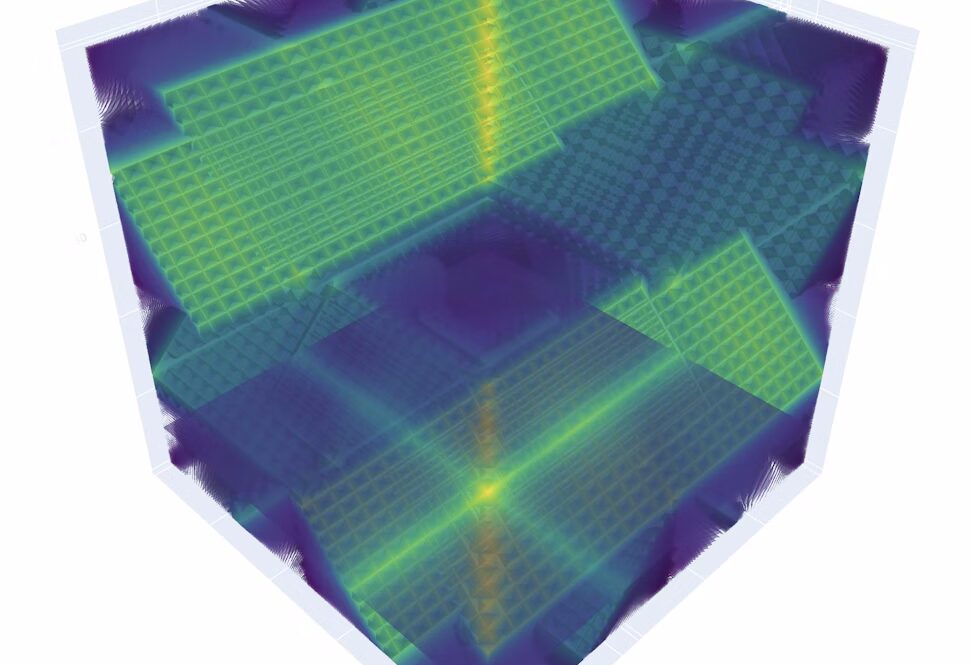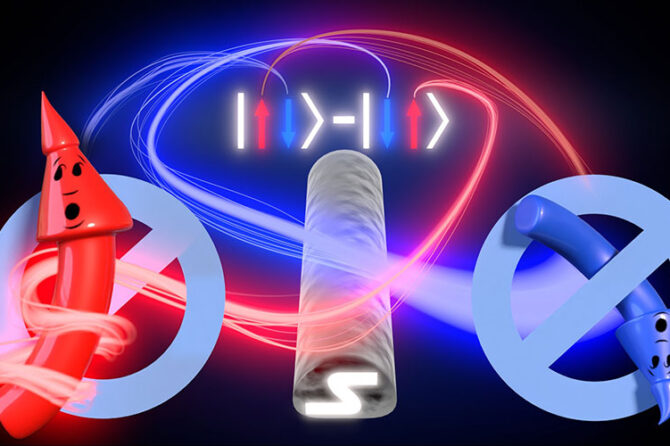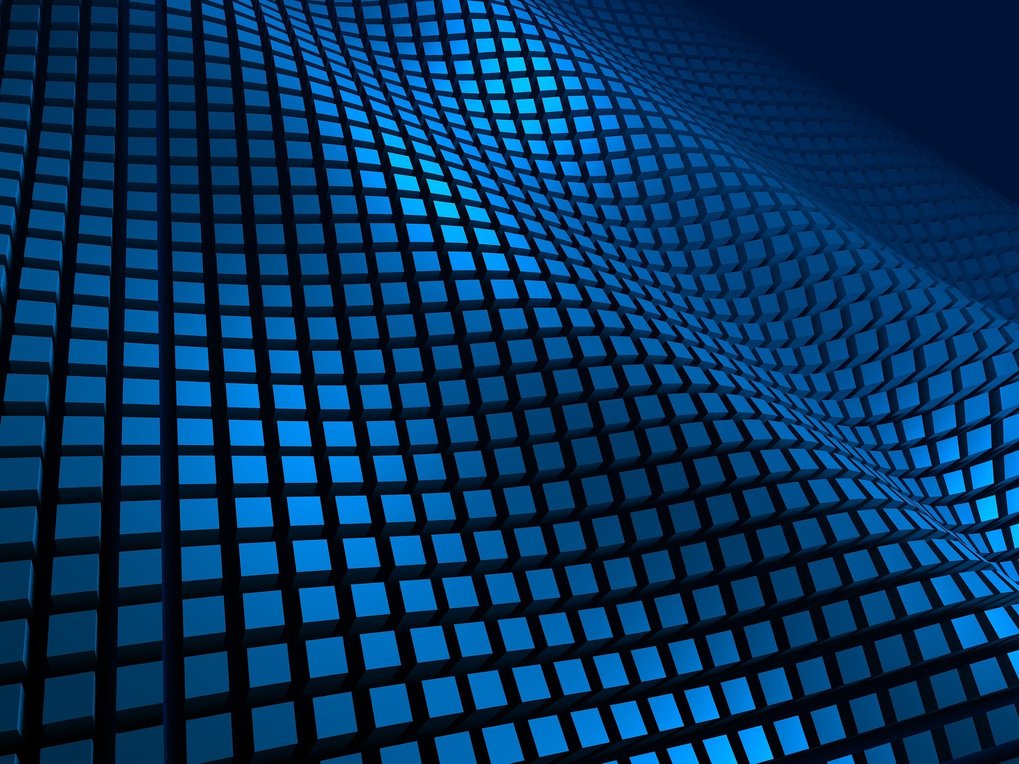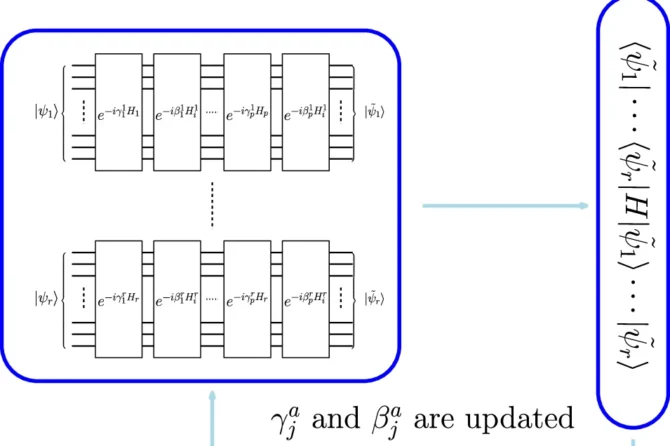Physicists have achieved a breakthrough using artificial intelligence to dramatically simplify complex quantum calculations. According to research published in Physical Review Letters, they compressed a quantum problem that previously required 100,000 equations down to just four equations, while maintaining accuracy.
The study focused on the Hubbard model, which examines how electrons interact on a lattice grid. This model is crucial for understanding phenomena like superconductivity and serves as a testing ground for computational methods. Despite its conceptual simplicity, the Hubbard model presents enormous computational challenges due to quantum entanglement between electrons, which makes calculations exponentially more difficult as more electrons are involved.
Traditionally, physicists use a mathematical framework called renormalization group to study how such systems behave under changing conditions. However, this approach can require hundreds of thousands of equations to solve without sacrificing accuracy.
Lead author Domenico Di Sante and his team employed neural networks to identify patterns within the full renormalization group. The AI system discovered hidden connections that allowed it to generate the same solutions using dramatically fewer equations. This machine learning approach required significant computational resources during training, but the resulting model can now be adapted to other problems without starting from scratch.
The researchers are currently investigating what their machine learning system is actually “learning” about quantum systems, which might provide new insights that would otherwise be difficult for physicists to discover.
Future applications might extend beyond quantum physics to other fields that use renormalization groups, including cosmology and neuroscience. The team is also exploring how well their method works with more complex quantum systems, such as materials where electrons interact at long distances.
The study was conducted by an international team including researchers from the Flatiron Institute’s Center for Computational Quantum Physics, Columbia University, TU Wien, University of Würzburg, and University of Bologna, with support from a Marie Curie International Fellowship.
Reference: Domenico Di Sante, Matija Medvidović, Alessandro Toschi, Giorgio Sangiovanni, Cesare Franchini, Anirvan M. Sengupta, Andrew J. Millis. Deep Learning the Functional Renormalization Group. Physical Review Letters, 2022; 129 (13) DOI: 10.1103/PhysRevLett.129.136402





